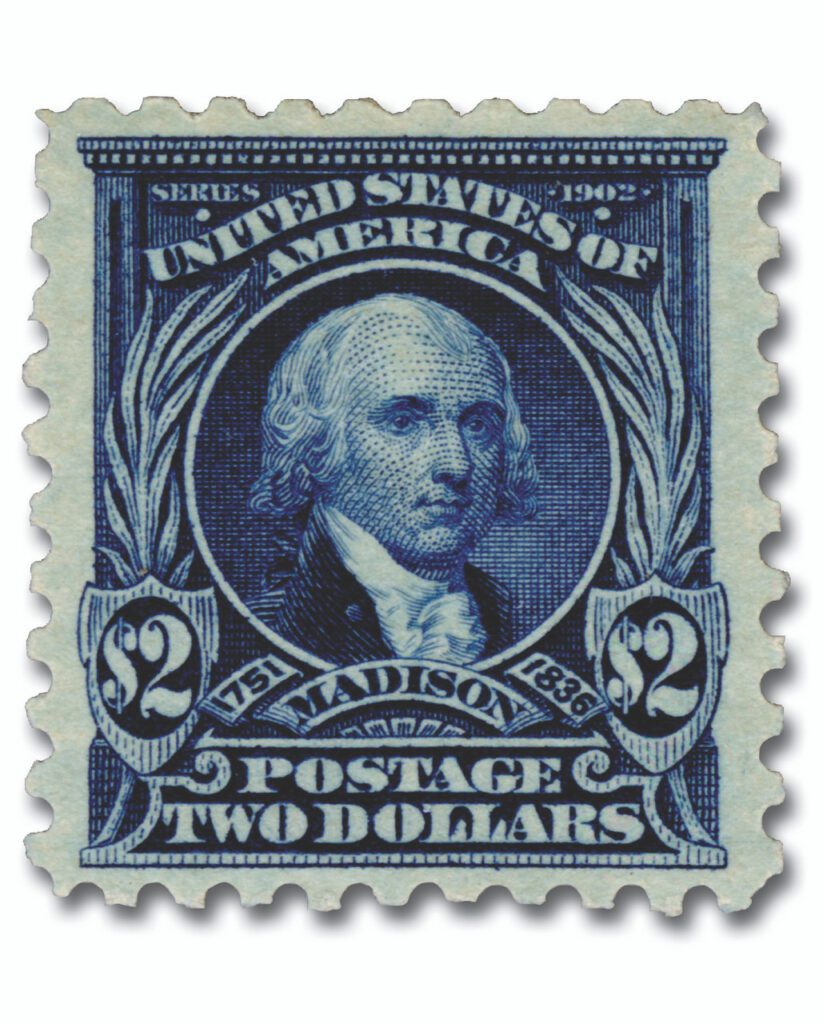
On November 1, 1897, the doors of America’s Library of Congress opened to the public, offering a glimpse into a growing national treasure and the knowledge of the world. From its humble beginnings in the US Capitol to its status today as one of the largest libraries on Earth, the Library of Congress has played a vital role in preserving the intellectual and cultural heritage of the United States.

The idea for a congressional library was first suggested by James Madison in 1783, during the early years of the new republic. He envisioned a collection that would help Congress make informed decisions and advance the nation’s development. Seventeen years later, in 1800, President John Adams officially established the Library of Congress, setting aside $5,000 for books deemed useful to lawmakers. The first collection, housed in the Capitol Building, consisted of 740 books and three maps. Two years later, President Thomas Jefferson appointed the first overseer of the library and created a committee to regulate its operations.
Tragedy struck in 1814 during the War of 1812 when British forces invaded Washington, DC, and burned much of the Capitol, including the library’s 3,000-volume collection. Recognizing the importance of a national library, Jefferson offered his personal collection of 6,487 books, which he had spent decades assembling. Jefferson believed no branch of knowledge should be excluded from Congress’s access, from science and law to literature and philosophy. Congress purchased Jefferson’s collection in January 1815 for $23,950, restoring and greatly enriching the library.

The library continued to grow but faced another disaster in 1851, when a fire destroyed 35,000 books, roughly two-thirds of the collection. Congress quickly appropriated $168,700 to replace the lost materials, though no new acquisitions were funded at that time.
The library’s fortunes changed dramatically in 1865 with the appointment of Ainsworth Spofford as its director. Spofford had a vision for a truly comprehensive national library, arguing that “there is almost no work, within the vast range of literature and science, which may not at some time prove useful to the legislature of a great nation.” Under his leadership, the library expanded its holdings and became the recipient of copies of all copyrighted works, thanks to the Copyright Law of 1870, which required two copies of every US-published book, map, musical composition, print, engraving, or photograph to be sent to the Library of Congress.
By 1871, the expanding collection had outgrown its space in the Capitol. Spofford championed the construction of a new building, envisioning a circular, domed reading room at the center, surrounded by ample space for departments and collections. Congress approved the plan in 1886, paving the way for a library designed to accommodate millions of items.
The new Library of Congress, located on First Street and Independence Avenue Northwest, opened its doors to the public on November 1, 1897, with a collection of over one million items. Over the decades, the library’s collection has expanded exponentially. Today, it contains more than 138 million items, making it the largest library in the United States and the second largest in the world, after the British Library.
The Library of Congress occupies three buildings: the Thomas Jefferson, John Adams, and James Madison Memorial buildings, honoring the three presidents who were instrumental in its creation. While the library is open to the public for research and study, only government officials can formally check out materials. Beyond its role as a working repository, the Library of Congress preserves rare manuscripts, maps, photographs, films, and recordings, serving as America’s oldest federal cultural institution and a cornerstone of knowledge, learning, and democracy.
| FREE printable This Day in History album pages Download a PDF of today’s article. Get a binder or other supplies to create your This Day in History album. |
Discover what else happened on This Day in History.



How many U.S stamps contain an image of Thomas Jefferson?
Good information.
Electronic book may be the rage but you can’t beat picking up and reading an old book.
Thank you for these wonderful articles. They are very informational and we can all learn a lot from the history that is contained in them.
Regards,
Carol Artess
A really great article!
Wonderful information about the LOC. Thanks, Mystic.
I wonder. Did anyone propose that the second copy of each book, paper, etc. be housed in a different location to ward off the possibility of another fire and another tragic loss? It seems like they should have learned a lesson the first two times. Are what is there now at least computerized to save the content?
The Library of Congress, what a treasure; as is this site.
So, the British Library is larger than ours, eh? Ours would probably be larger if they hadn’t burned it down 204 years ago.